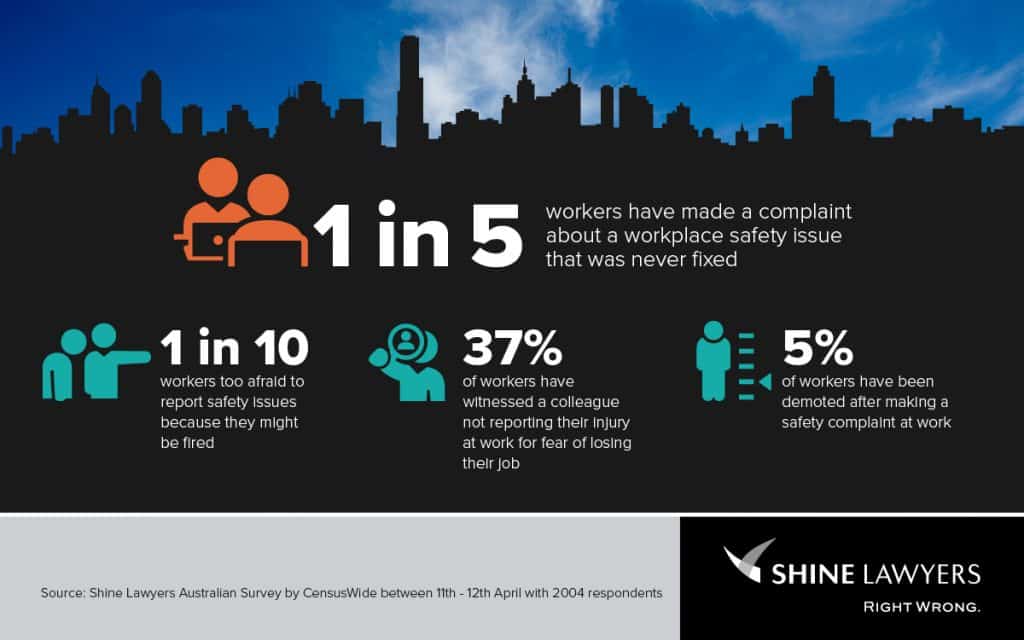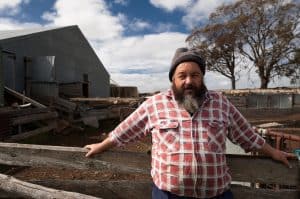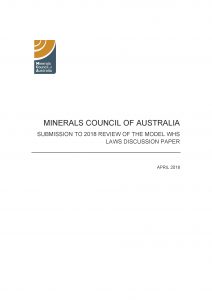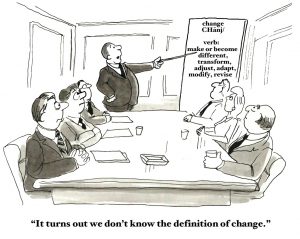Each year thousands of people express support for International Workers Memorial Day and the World Day for Safety and Health at Work publicly and through social media. This is a statement of their commitment to occupational health and safety (OHS) as well as a call to continue action in improving workplace health and safety. However, this usually does not add to the state of knowledge on OHS.
This year there was a couple of contributions of information that may be useful. Shine Lawyers released the findings of a recent survey (not yet available online) into why workers do not report workplace incidents. The survey was largely overlooked by the media, perhaps because the full survey results have not been released publicly.



 Australia’s occupational health and safety (OHS) agenda seems largely dictated by high risk industries like construction in some States and the mining sector in others. But agriculture is common to all Australia States and is consistently included in the official and unofficial workplace fatality data. New research has been released into serious farm injuries and which voices are the most effective in improving the situation.
Australia’s occupational health and safety (OHS) agenda seems largely dictated by high risk industries like construction in some States and the mining sector in others. But agriculture is common to all Australia States and is consistently included in the official and unofficial workplace fatality data. New research has been released into serious farm injuries and which voices are the most effective in improving the situation.
 Australia’s Royal Commission into banking and financial services is a few months in and the evidence provided of wrongdoing is so substantial that those who were critical of the need for such an investigation are admitting they were wrong.
Australia’s Royal Commission into banking and financial services is a few months in and the evidence provided of wrongdoing is so substantial that those who were critical of the need for such an investigation are admitting they were wrong. The
The 